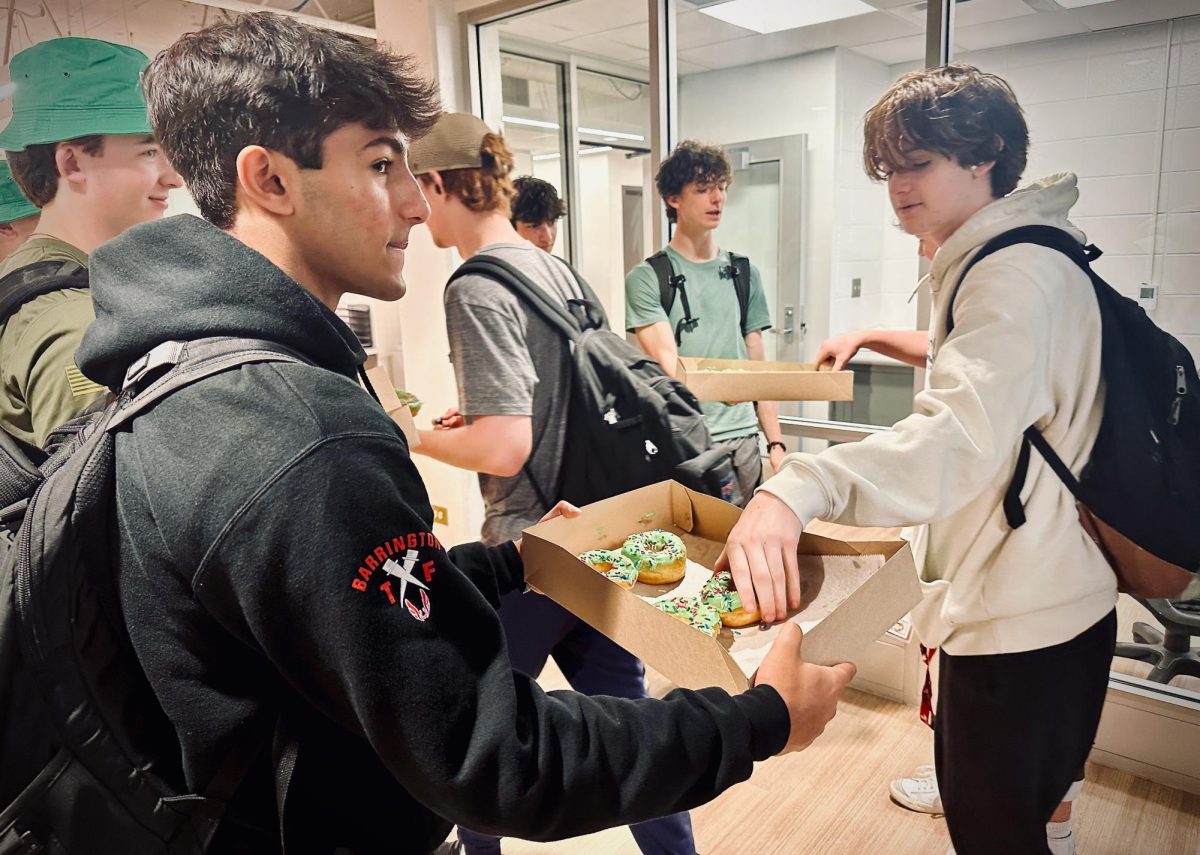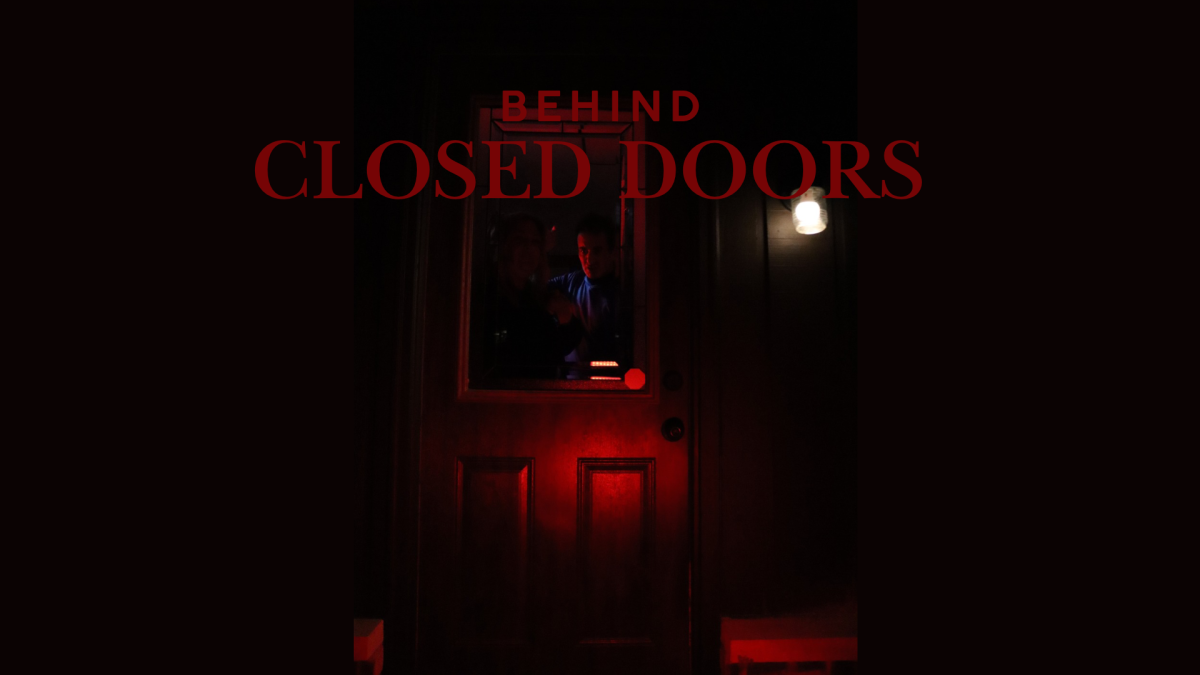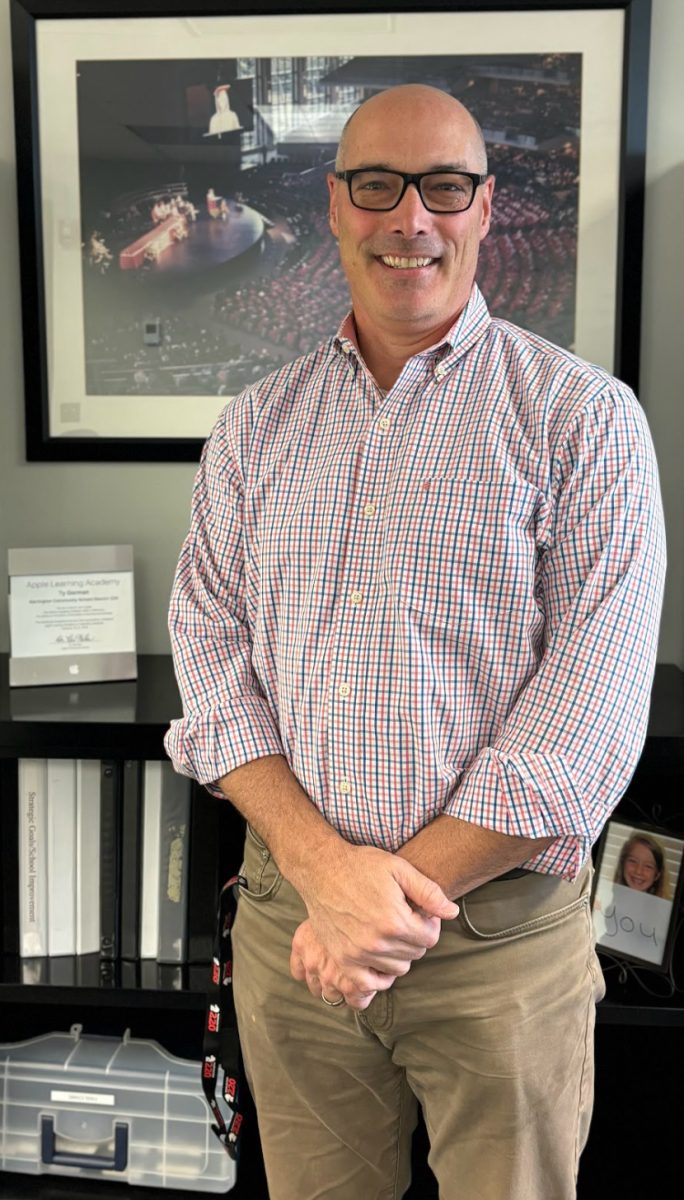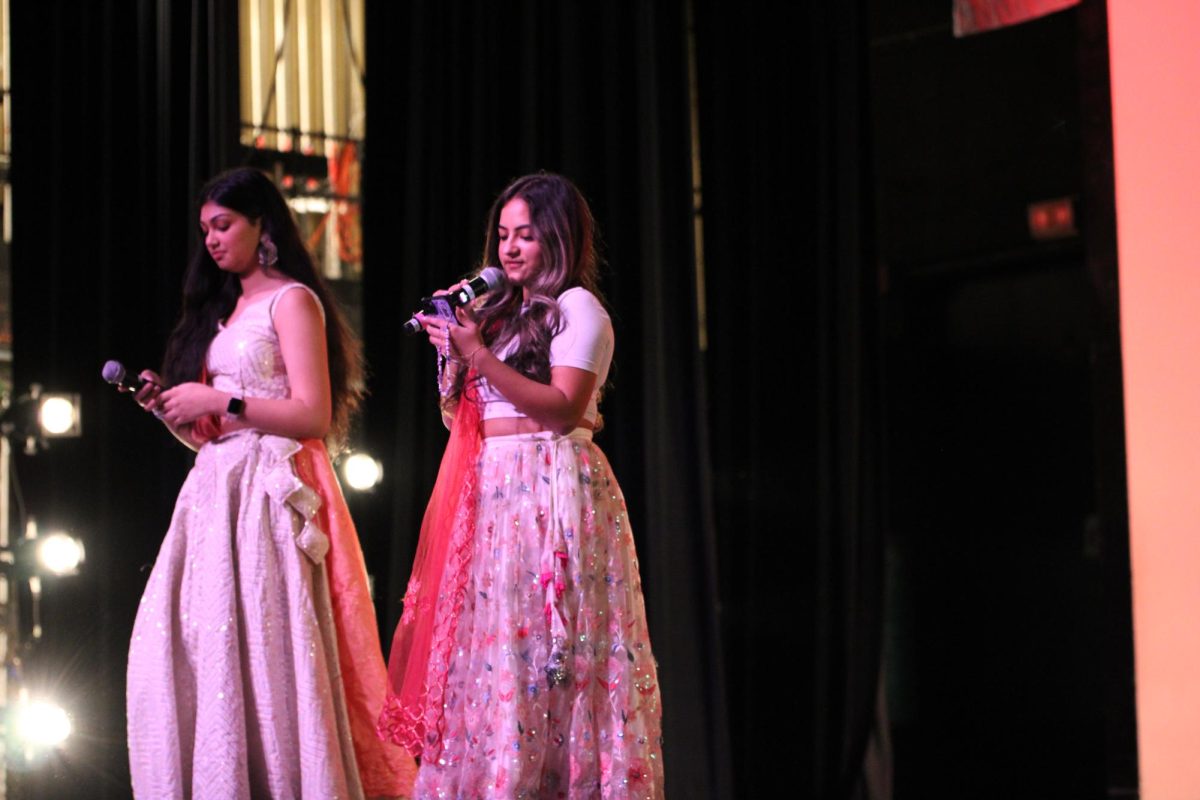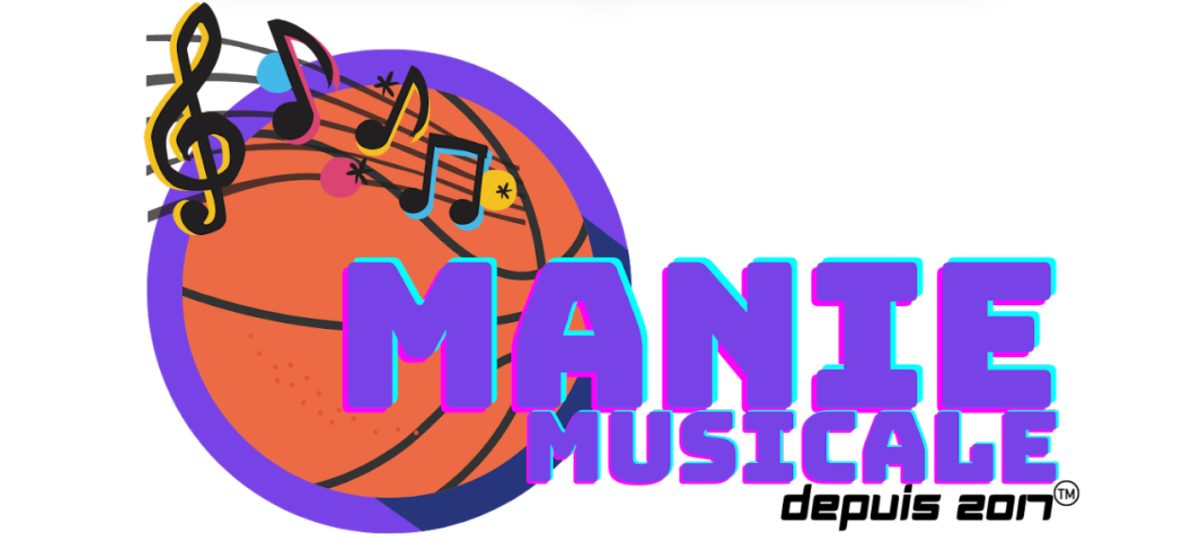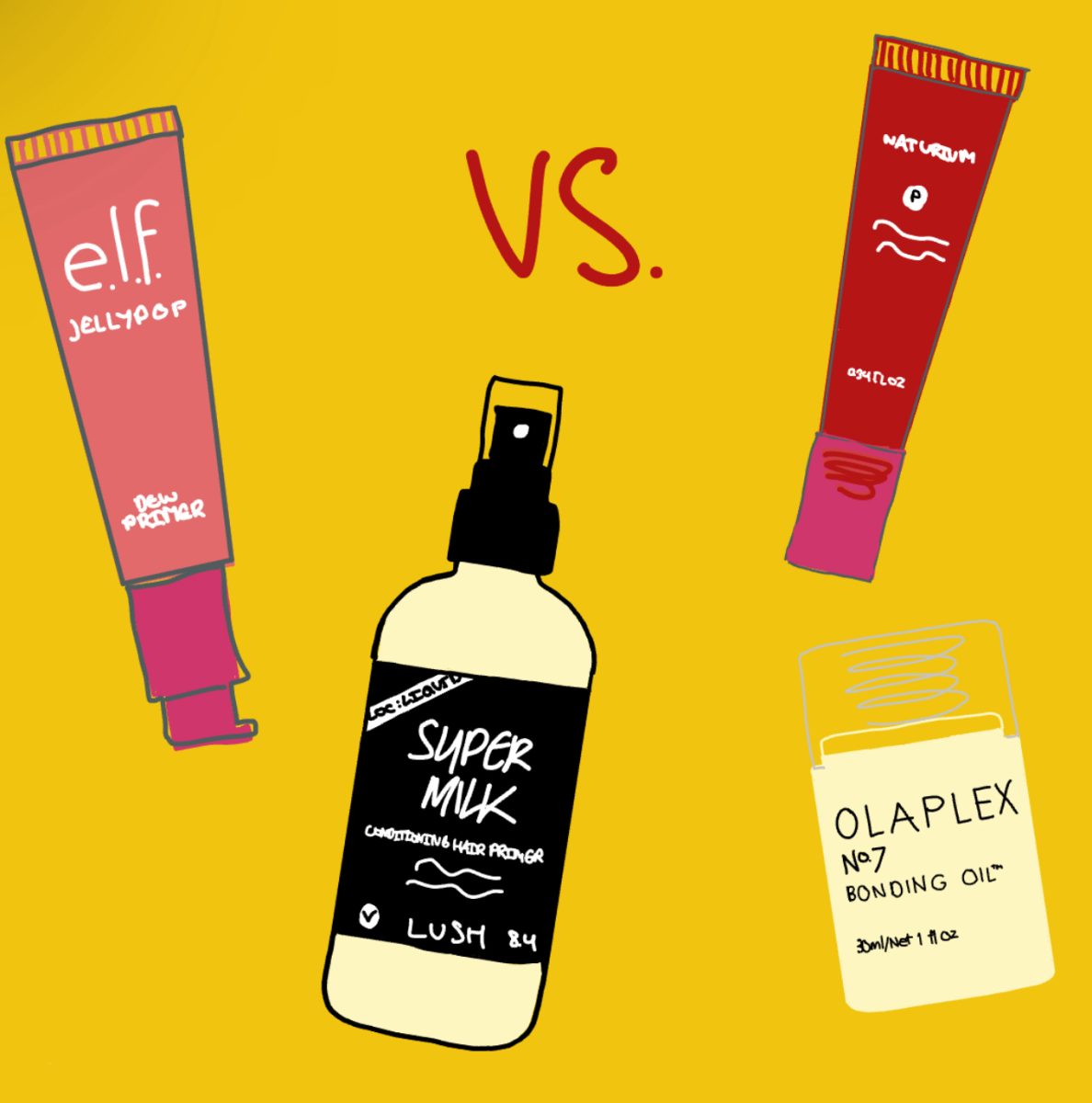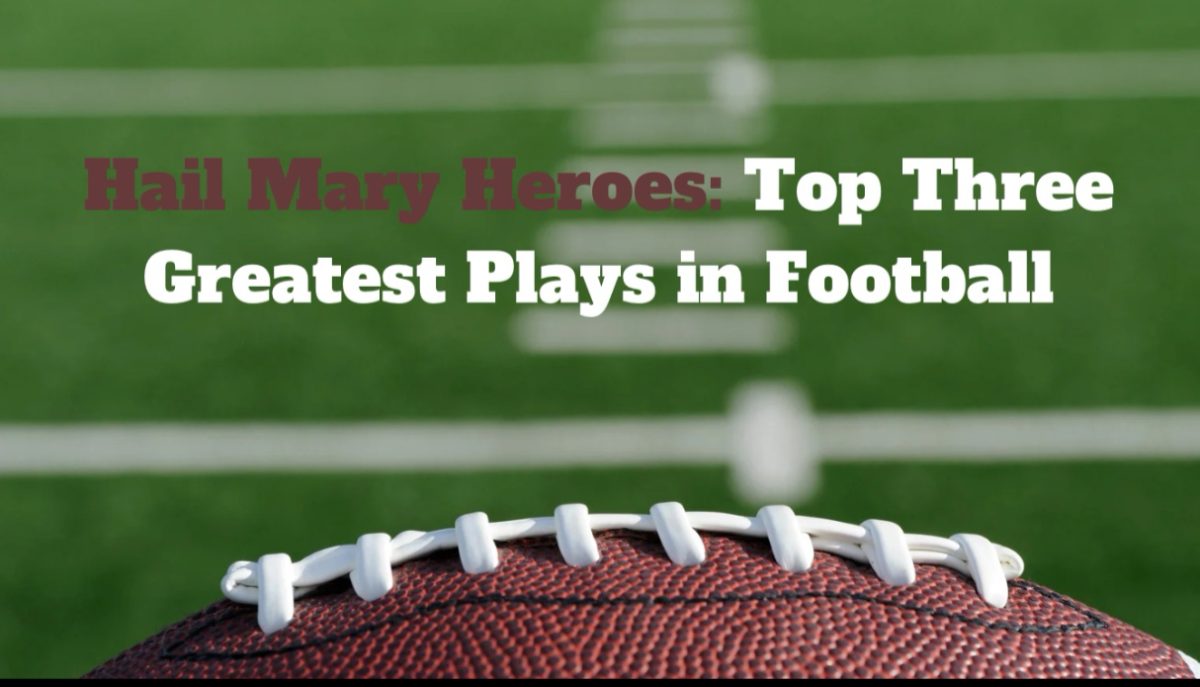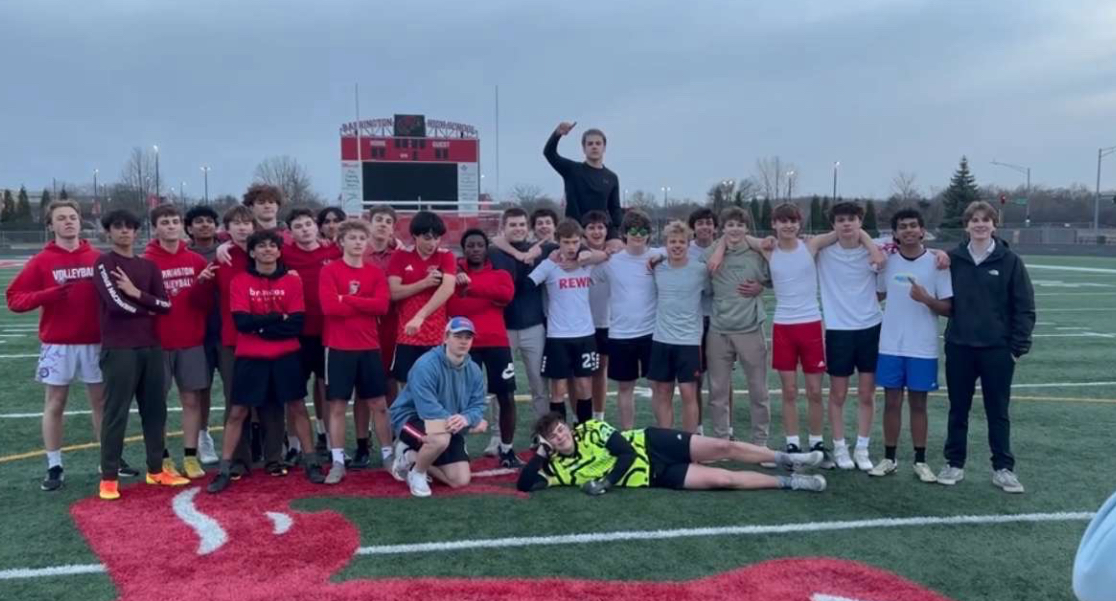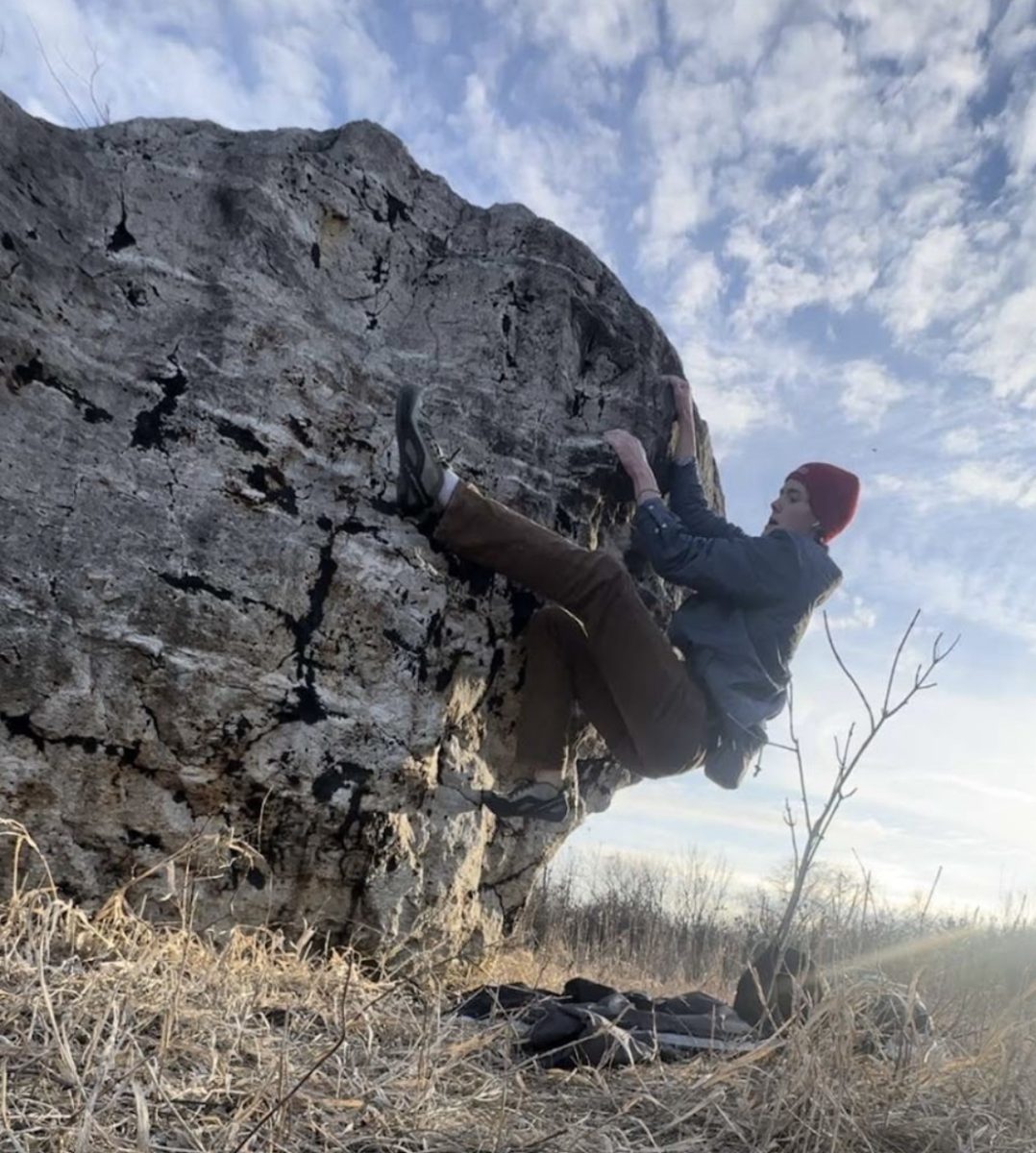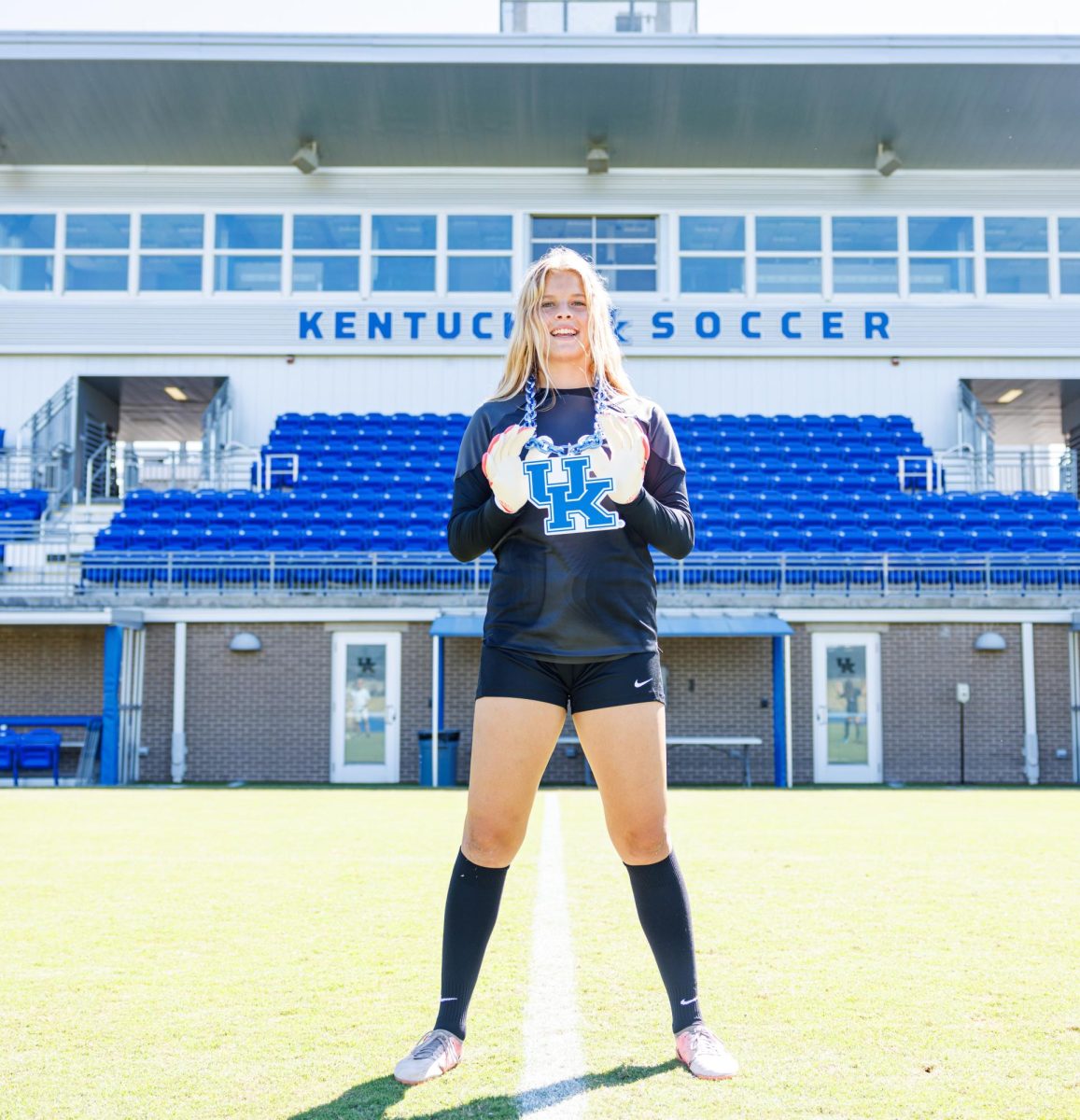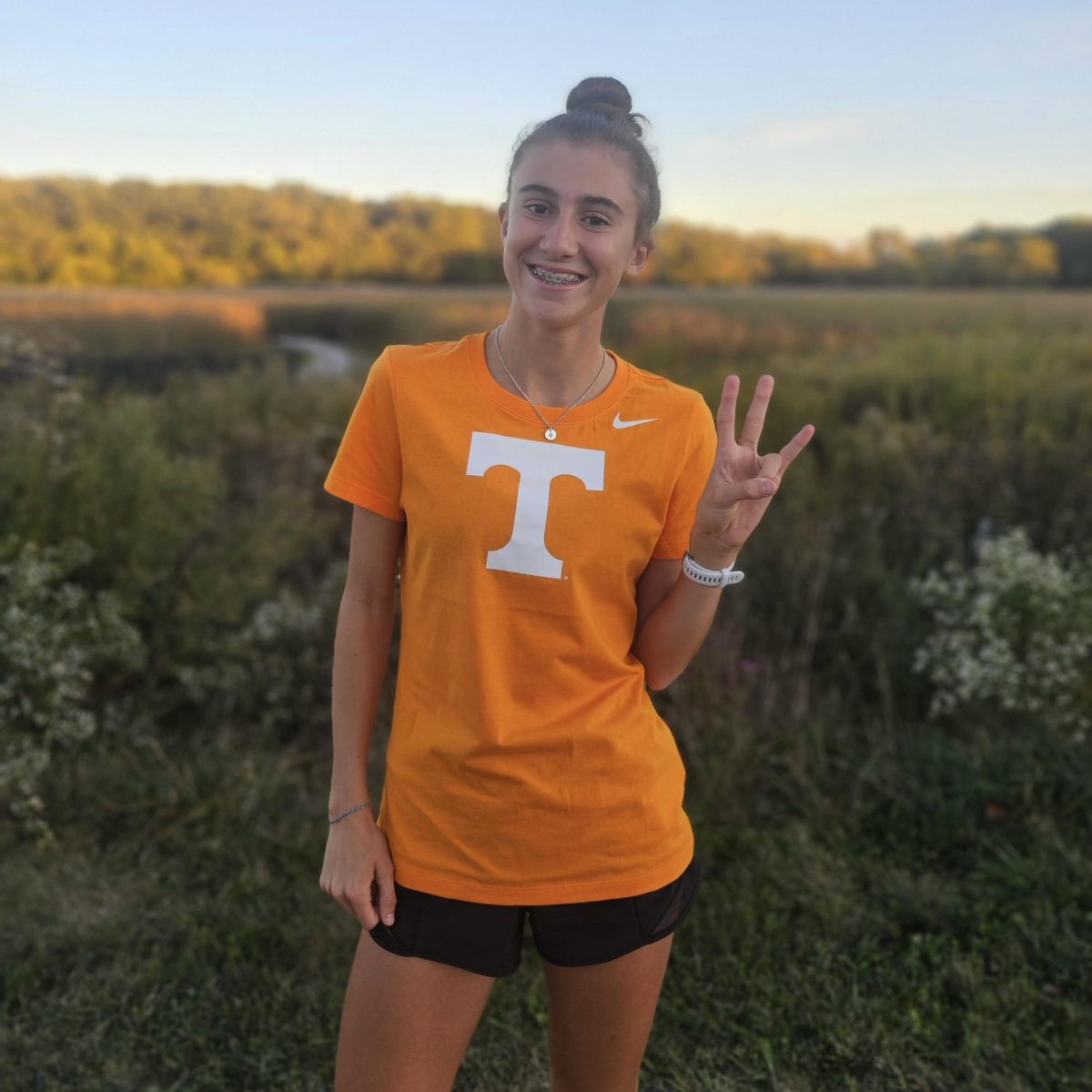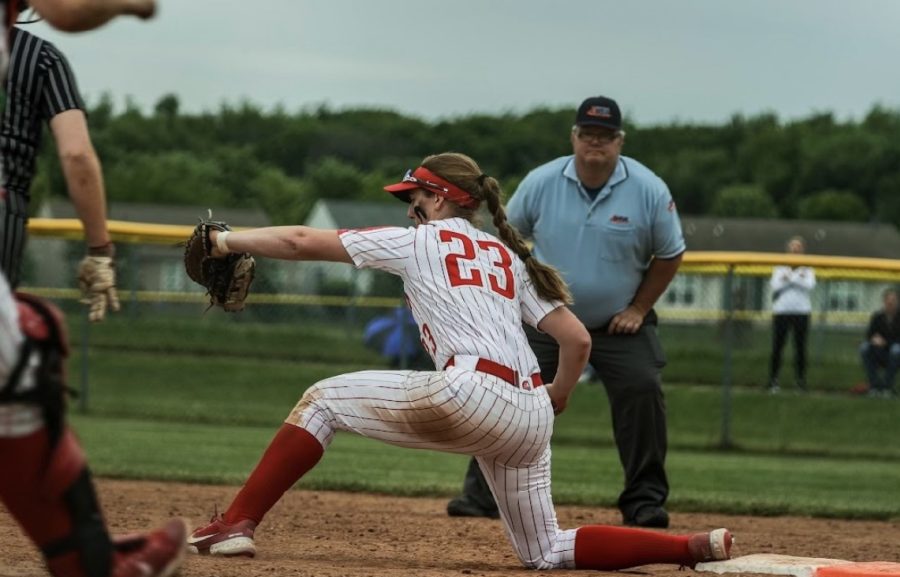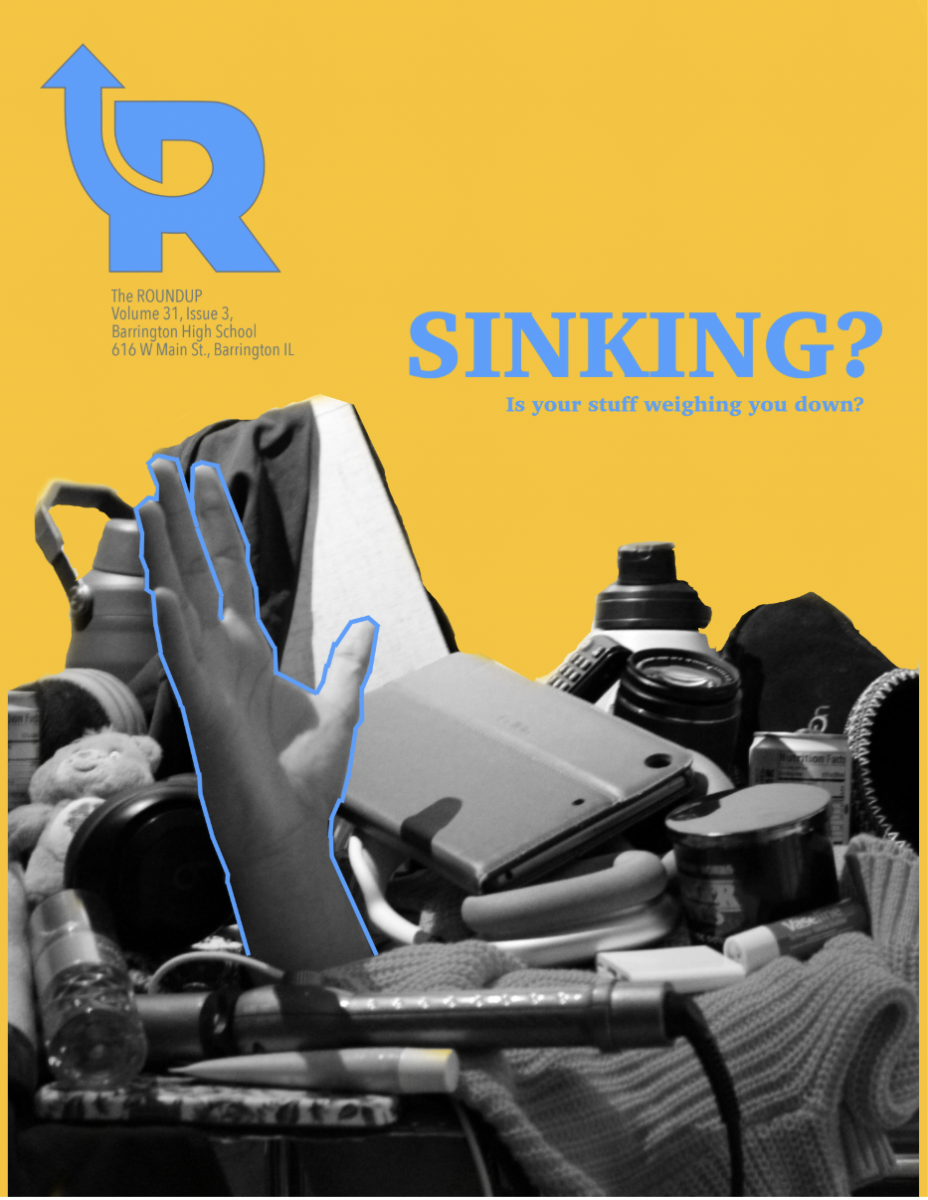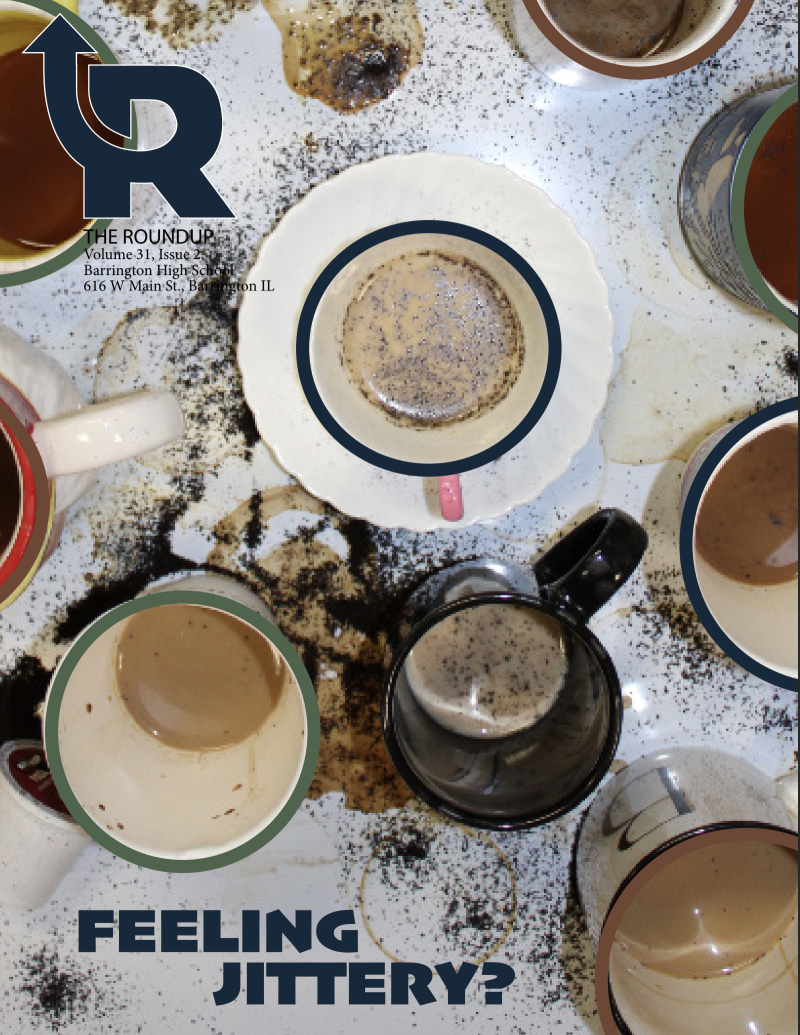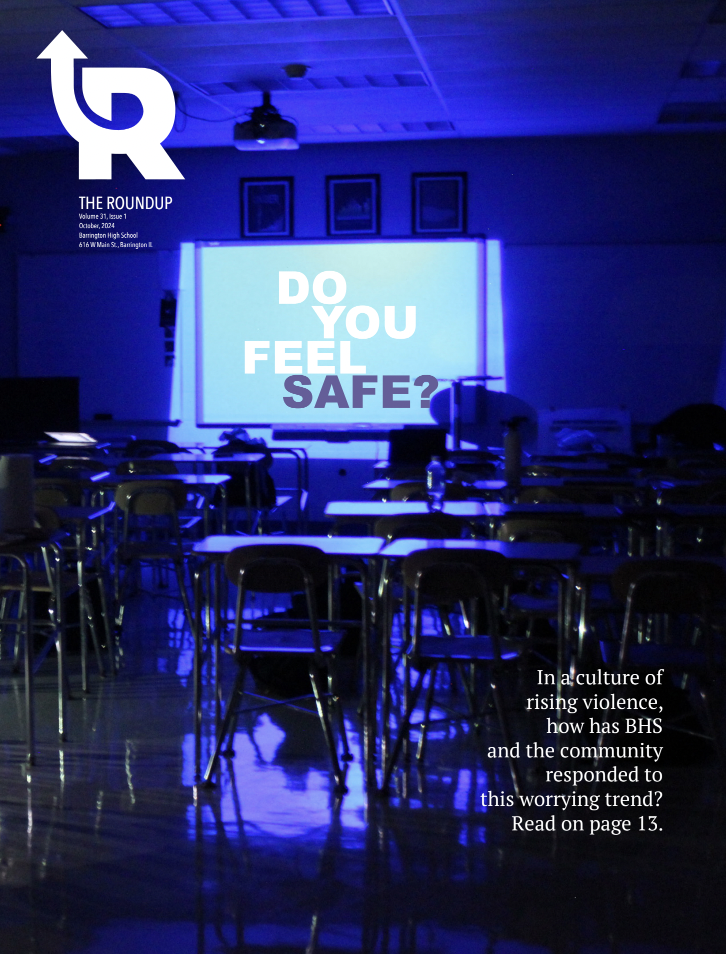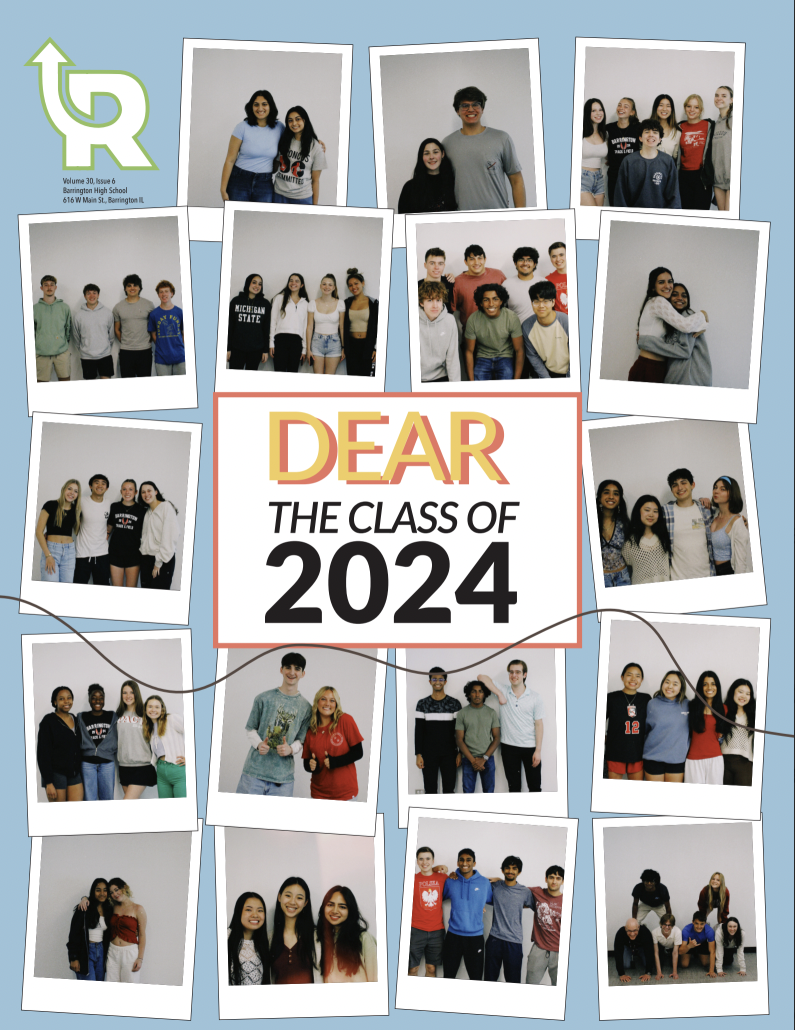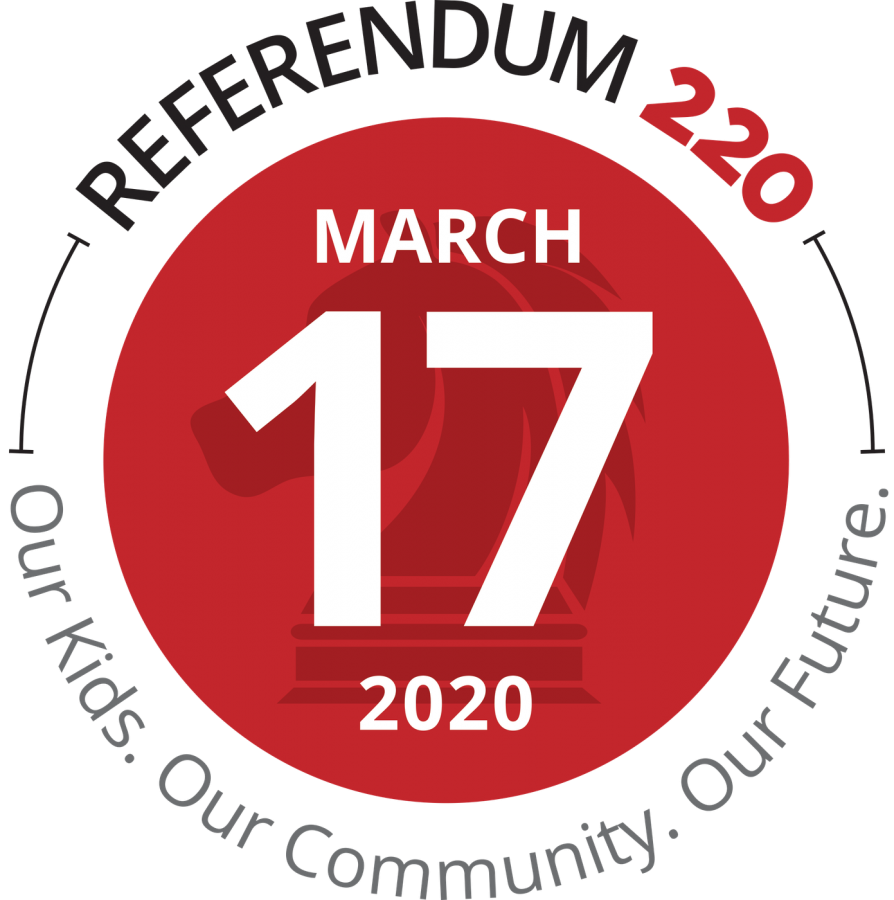District referendum passes amidst COVID-19 pandemic
$147 million. That’s how much District 220’s March 17 referendum, pinned onto the end of the 2020 presidential primary ballot, was worth. The referendum passed by a significant margin, with 63% yes votes and 37% no votes.
The three main objectives of the referendum are to “[s]ignificantly enhance safety and security at every school[, b]etter prepare our students for a successful future[and p]rotect the community’s investment in our school buildings by repairing things like roofs, windows, electrical systems, plumbing systems, heating and air conditioning,” according to Barrington 220’s referendum page.
Specific projects include improving interior/exterior security; renovating and adding gyms, theaters and other performing arts spaces; improving parking lot/traffic flow and updating aging buildings’ systems (piping, windows, heating/cooling, etc.). A more complete list of objectives can be found here.
Even though the referendum has large costs and goals, average debt payment from the late 1990s, embedded in Barrington property taxes, will actually decrease $75 from $602 to $527, according to Barrington 220’s referendum page.
The funds allocated by this referendum will be used strictly for the planning and execution of board-approved construction projects. Leading up to the vote, however, some community members were unaware of this condition.
“[P]art of the detraction from it [… was the] thinking that the referendum could be used for salaries and things like that,” Principal Steve McWilliams said. “The referendum is really, really specific, and it is just for construction projects. Our board has always been, at least in the past 20, 25 years since I’ve been here, really focused on making sure that there is a lot of clarity and transparency in how they spend money.”
Community misconceptions regarding the distribution of funds were not the only referendum controversy. A mere four days before the referendum was to be voted on, school was suspended for the foreseeable future due to the COVID-19 pandemic. Social distancing recommendations were issued by governors nationwide, and state officials preemptively relocated polling locations near vulnerable populations, such as nursing homes and other care facilities.
By March 17, high numbers of election judges and volunteers had abandoned their commitment in the face of the outbreak. The Cook County Clerk’s Office waived “all training requirements” for last minute election judges. Statewide, multiple polling places shut down due to a lack of volunteers. At the preemptively relocated sites, “some voters said they were unable to vote because their new polling places lacked basic voting supplies,” according to BuzzFeed News.
Across the state, voter turnout was lower than previous years. According to USA Today, “only 460,465 people voted in Chicago, on par with the city’s mayoral elections, a drop from 720,812 four years ago. Suburban Cook County saw 385,349 people vote, down from 476,26.”
In terms of voter turnout for the referendum itself, approximately 9,826 people voted on it across Cook, Lake, Kane and McHenry counties, with 6,045 of those votes being in favor and 3,781 being opposed, according to the Daily Herald.
Debates regarding the legitimacy of results have surfaced due to the potentially depressed voter turnout during the coronavirus pandemic.
“I don’t know if [the coronavirus pandemic and subsequent social distancing recommendations] impacted the voter turnout; I know that voter turnout [for the referendum] was higher than what we had last spring,” McWilliams said. “I haven’t really looked at the numbers to see, what would a primary year for a presidential primary look like in the past, how were the numbers compared to that.”
District 220 Superintendent Dr. Brian Harris agrees.
“I don’t think [COVID-19 affected voter turnout], I really don’t,” Harris said. “[…] We had a higher vote total than we did a year ago [… which] means more people in the community voted this time around than a year ago. [… Based on previous referendum totals] we had a higher percentage turnout, again in the total number of voters, than we did two years ago in the primary election [of 2018].”
Not only has the coronavirus resulted in a potentially skewed voter turnout, it may also push back the renovation timeline.
“I think [the coronavirus] has, to a degree, already [affected the timeline of the referendum], because we’ve had to focus on other things, but I don’t think it’s been significant,” McWilliams said.
Harris, however, does not anticipate a significant change to the renovation timeline as a result of COVID-19. As it stands, summer ‘21 is slated to address the middle school level, specifically the mobile classrooms. Tentatively, the majority of the major project work at the high school is scheduled to be completed during the summer of ‘22. The following summer of ‘23 will focus on the elementary level.
“Right now, I do not believe [COVID-19 will significantly impact the timeline of the referendum],” Harris said. “The construction and buildings and trades, they actually are considered essential services, and so right now they are all still working.”
Whether COVID-19 will affect the timeline of fulfilling the referendum’s objectives remains unclear, but the district will continue to update the community throughout the process.
Your donation will support the student journalists at Barrington High School! Your contribution will allow us to produce our publication and cover our annual website hosting costs.


